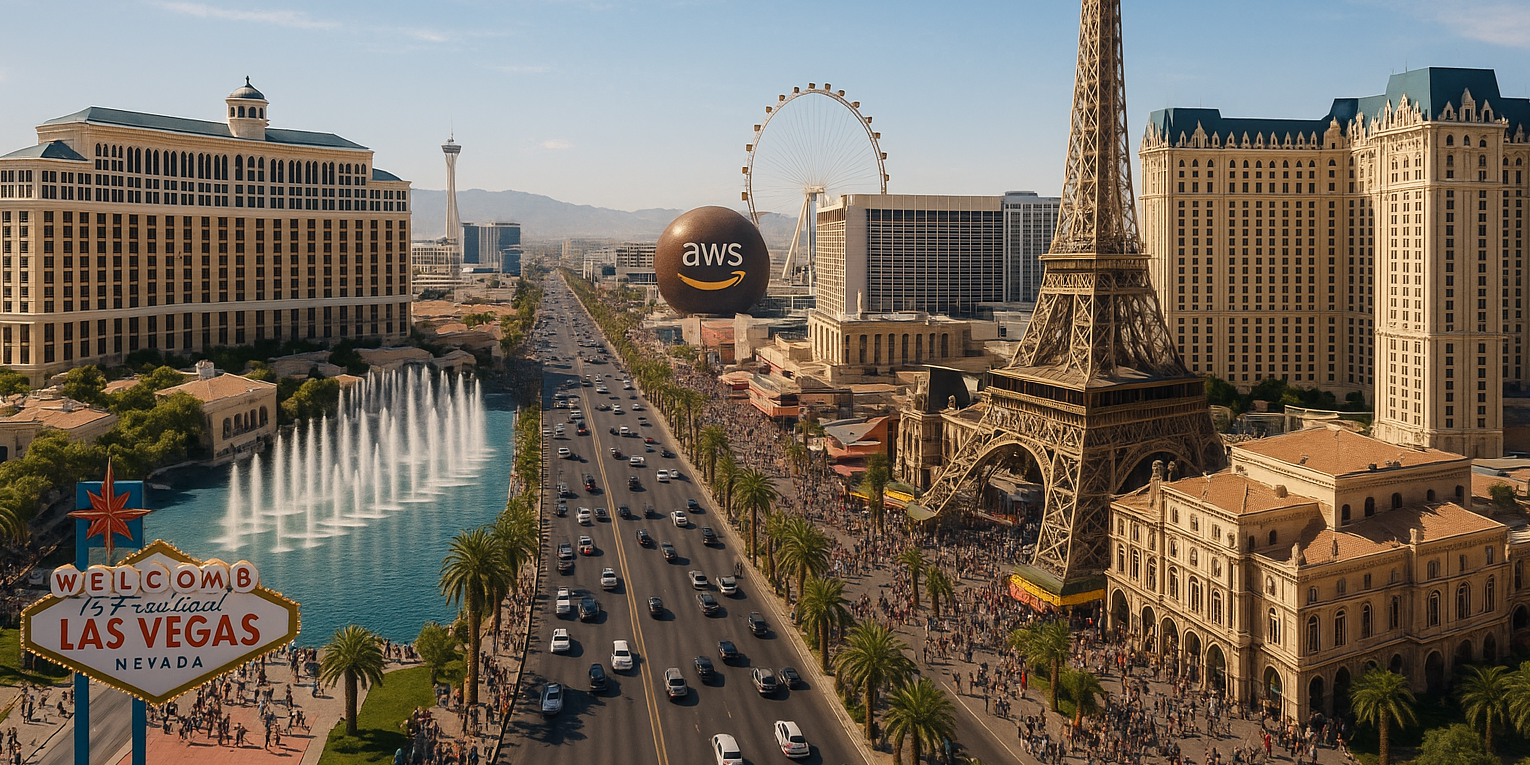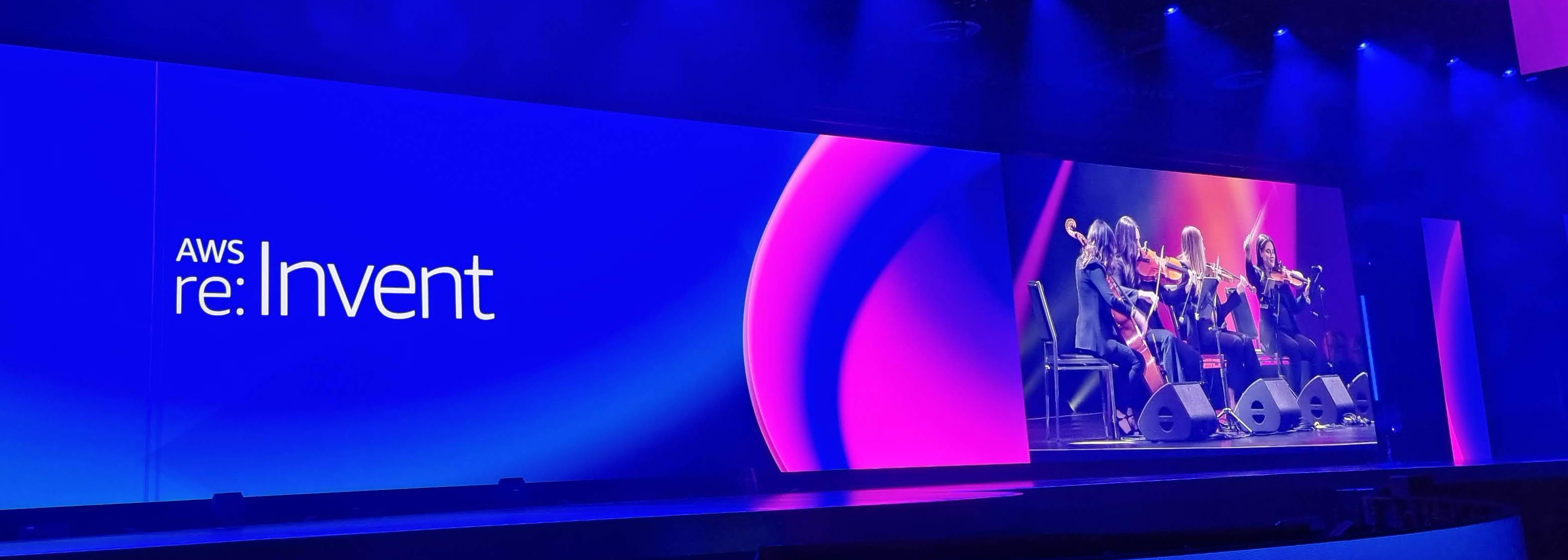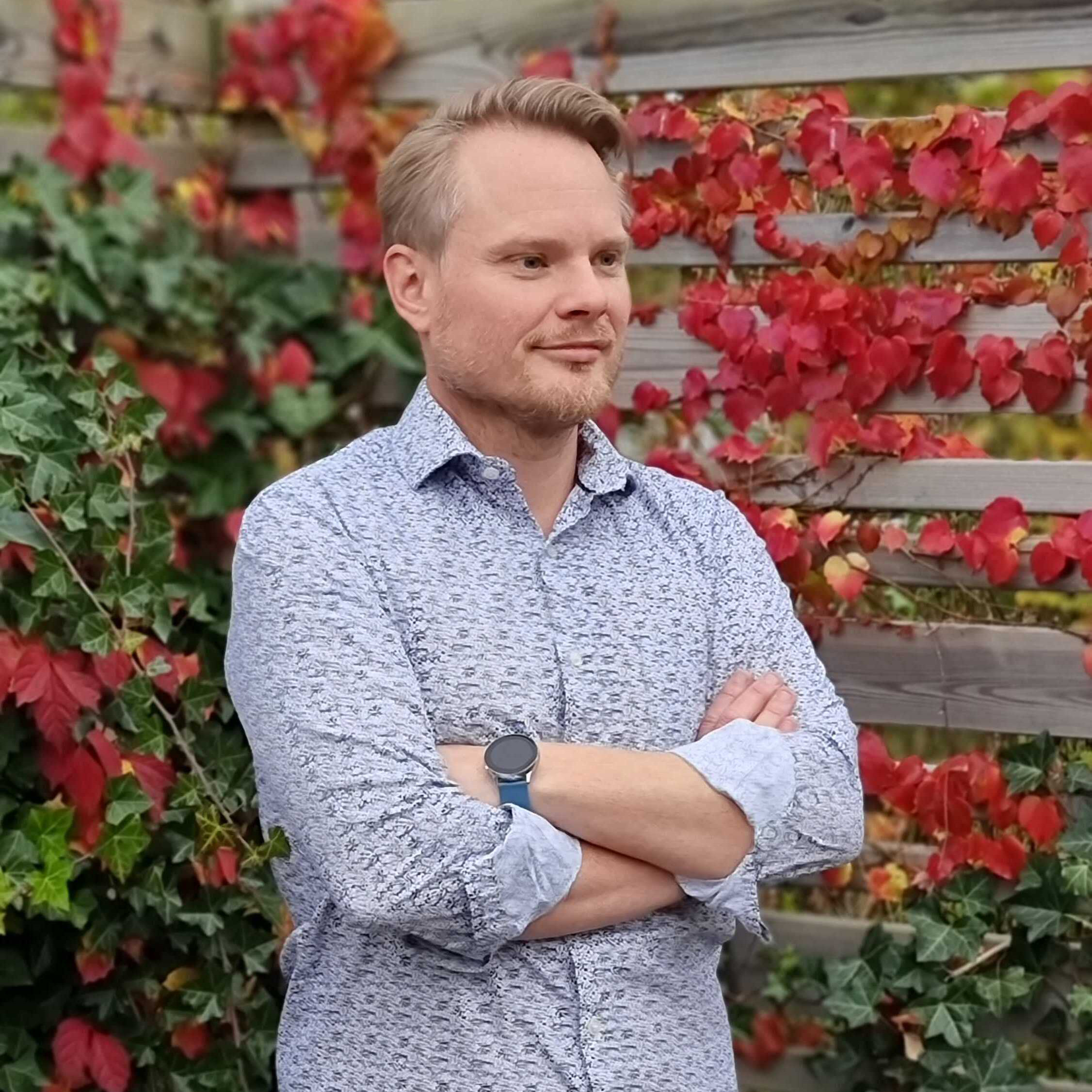How to re:Invent, Episode 2 - Session Planning

In the second episode, it's time to look at session planning. You will learn about session levels, session types, how to plan your day, and all the tricks I've learned over the years to ensure I have a great re:Invent. There will be a full episode later on reserved seating, but I will touch on the topic now because when planning, it's good to have that in mind.
To start it all, let's have a look at session levels and types and how to think about those, as this is the foundation to all future planning.
Session Levels
All sessions come with a set level, and there are five different levels: 100, 200, 300, 400, and 500. Going to a session on the wrong level, too easy or too hard, can ruin the entire experience. There are a few tricks I use when selecting the correct level; only targeting a certain level is a mistake in my opinion. Unfortunately, level mismatch happens, where a session is advertised as a 400 level but the presentation is still on a 200 level. This is very hard to know beforehand, but this is where speaker research comes in.
During re:Invent, I mainly focus on advanced sessions, 300 and above, but I do mix it up with a couple of 200-level sessions on topics that I'm not familiar with or customer presentations.
100 Foundational
This is the foundational level sessions. I normally never attend 100-level sessions, but that doesn't mean they are not right for you.
These sessions are a good fit if you are:
- New to AWS and new to the topic.
200 Intermediate
Intermediate-level sessions. I find that 200-level sessions can be interesting if it's for a topic that I don't know much about. Many customer presentations, where a customer tells about what they built and how, are often 200-level. Over the years, I have been listening to many customer stories about how they use AWS to solve their problems. I think it's always interesting to hear other people's stories and pain points.
These sessions are a good fit if you are:
- New to AWS and the topic
- New to AWS but familiar with the topic
- Familiar with AWS but new to the topic
300 Advanced
Advanced-level sessions. These sessions are on a deeper level and assume that you have previous experience with AWS and the topic. If you are not familiar with the topic and AWS, you will probably not be able to keep up with the sessions.
These sessions are a good fit if you are:
- Familiar with AWS and the topic
400 Expert
This is the true deep dive sessions. In these sessions, the presenter goes deep into the topic and AWS. These sessions assume that you not only have previous experience with AWS and the topic but also that you understand the details of services, features, and topics.
These sessions are a good fit if you are:
- Experienced in AWS and the topic
500 Distinguished
500-level sessions were introduced and tested at re:Inforce and are now coming to re:Invent. The 500 Distinguished level is intended for expert AWS users with deep technical proficiency. The sessions will explore advanced research, theoretical foundations, and emerging technologies.
These sessions are a good fit if you are:
- An expert in AWS
- Want to examine experimental approaches
- Learn about emerging technologies and what’s next in cloud computing
These sessions are super advanced, and if you are not an expert in AWS, this level is probably not right for you.
Session Types
There are several different session types. Knowing the difference between them is key when planning your schedule.
Breakout Sessions
This is the most common type, a 1-hour lecture-style session. Most breakout sessions are recorded and published on YouTube. You might hear from other people that they don't focus on breakout sessions, as they are recorded and you can watch them later. Even if you can watch a session recording later, there is still something special about being in the room; nuances are lost in the recording. I can enjoy a 200-level breakout session on a topic that I don't know, or a 400-level with deep dives.
Chalk Talks
A smaller, highly interactive session. Chalk talks normally start with a short lecture but then open up for Q&A, discussions, and whiteboarding. Chalk talks are great, and I enjoy them; the room is often smaller, and seats fill up fast. However, the quality of these sessions very much depends on the audience, as most of the session is interactive. Unlike a breakout session, if the audience doesn't open up for discussion or ask questions on the wrong level, a chalk talk can quickly be ruined.
Code Talks
A smaller, highly interactive session just like Chalk talks, but with more focus on live coding and code samples. Just as with Chalk talks, the audience is encouraged to ask questions and follow along.
Lightning Talks
Short 20-minute talks that take place in the Expo Hall. These can be talks from the DEV track, delivered by the community, or partner demos and presentations. The DEV talks delivered by the community are great; partner talks and demos I don't get much value from.
Workshops
Interactive sessions where you work in small groups or alone to build a solution. Workshops can be a great way to test a new service or feature on a topic that you don't know. However, workshops quickly become a "copy & paste exercise" even on a 400-level. I have done my fair amount of workshops and still have not found one that I truly enjoyed. NOTE! That you MUST bring your own laptop
Builders’ Sessions
Just like workshops but in a shorter and smaller setup. Builders’ sessions focus more on experimenting than workshops, a good way to mix up your day. NOTE! That you MUST bring your own laptop
Keynotes

There are five keynotes happening during the week. I would say that you should attend at least one keynote in-person. You can also live stream some of the keynotes or watch them on YouTube later. I personally enjoy being in the keynote hall getting the news firsthand. If you are a builder and only want to attend one keynote, I would say that you should pick the keynote with Dr. Werner Vogels & Peter DeSantis.
Monday Night Live with Dave Brown
The week kicks off with a keynote on Monday night with Dave Brown, Vice President, AWS Compute & ML Services. This will be the first time Dave will run the Monday Night Live keynote.
CEO Keynote with Matt Garman
AWS CEO, Matt Garman, takes the stage on Tuesday morning. He will talk about new releases, customer cases, new experiences, and much more. This will be Matt's second keynote as CEO, and I have a feeling it can be an interesting one.
Keynote with Dr. Werner Vogels & Peter DeSantis
For the first time ever, the Thursday morning keynote will be run by both Dr. Werner Vogels, CTO at Amazon.com, and Peter DeSantis, SVP, Utility Computing at AWS. They will talk about technology trends, best practices when developing in the cloud, and other deeply technical topics. Over the years, Dr. Werner Vogels has introduced concepts like the Frugal Architect and all about the asynchronous world. Werner often also reveals the DJ on the rePlay main stage. This is my favorite keynote, and I would never miss it.
Dr. Swami Sivasubramanian Keynote
Dr. Swami Sivasubramanian, VP of Agentic AI at AWS, talks about AI, Data, and ML and how to create innovative and differentiated solutions for your customers. He invites customers on stage to talk about real-world examples of how they’ve used data and generative AI to support a variety of use cases.
AWS Partner Keynote with Dr. Ruba Borno
Dr. Ruba Borno, Vice President, Global Specialists and Partners. She dives deep into the strategic partnerships to show the positive impact AWS and its partners are making possible for customers. She invites partners on stage that talk about their journey and how they are helping their customers innovate. This keynote is probably not for you unless you work for an AWS partner, as it focuses 100% on this.
re:Invent Campus
Before we get into planning, we must revisit the re:Invent Campus. It stretches all the way from Mandalay Bay in the south to Wynn/Encore in the north. This is a huge distance; we're talking about 75 minutes walking or 15-30 minutes by car, depending on traffic. It is across the entire Strip.
Maps of the campus are available on the re:Invent webpage.
These distances are important, as it makes it hard to impossible to change venues during the day. One switch might work, but not several. Therefore, aligning sessions to a specific venue per day is a good thing.
Build Your Schedule (Plan Your Week)
NOW!! This is the most important part about re:Invent and it can make or break your week. Building your schedule and planning your week is crucial. Trust me, you don't wing re:Invent. Your plan needs to be more than sessions; you need to include breaks, networking, evening activities, The Expo, The Hallway track, and much more. I will try and give you some tips and tell you how I normally plan out my week. There is one crucial thing you need to know about sessions, so let's start with that.
Reserved Seating
Each session has a fixed number of reserved seats, around 75% or so. The possibility to reserve a seat in a session normally opens in early to mid-October. Therefore, it's crucial that you have your schedule ready by then. You will reserve your seat in the Event catalog, and you must be signed in to your re:Invent account. It normally opens up in the morning Seattle time. The most popular sessions become full in minutes, no joke, you need to be fast. Since sessions fill up fast, I normally recommend that you have one or two backup sessions if you don't get your first choice, just like in school. As mentioned before, there will be a full episode about reserved seating.
Hallway Track
You will probably hear about the hallway track, and I will mention it as well. This is those spontaneous meetings and people you run into in the hallway.
Start Your Session Planning
With over 1600 sessions at your disposal, how do you even get started? AWS provides an official Event catalog, you can mark sessions as favorites, filter, and search. It works but it's not what I use.
Instead, I use an unofficial planner made by my fellow AWS Hero Raphael Manke. You will find it on https://reinvent-planner.cloud/. Now this planner comes packed with features that I use. The search and filtering are really good, and you can create multiple session lists, and if you register and log in, these will sync across devices.

When I start planning my week, I normally create several different session lists; these are often based on topic or level. Then I start filtering for sessions on each topic, and sessions I find interesting I add to that draft list. When this round is done, I usually have around 100 sessions, way too many. So next step is to start filtering and removing sessions. In the end, I like to target around 4 sessions every day. I would say if you like to stretch it, you can fit 5 - 6, but I would not recommend more than that.
Next, it's time to start building the schedule, and this has more parameters than only the favorite sessions. We need to consider location and transportation time. I would recommend that you pick your number one session each day and build your schedule around that. If that session is at MGM Grand, then stay at MGM the entire day. If you must switch venues, plan with transportation time, that can be everything from 30 minutes to beyond an hour. As always, there are exceptions to this rule... And that is if you move between Venetian and Caesars Forum or Venetian and Wynn/Encore as there are connected walkways that are quick to use.
Never ever book back-to-back sessions; there is no way you will make it. Minimum 30 minutes between sessions in the same venue.
When you have your favorite session every day, it's all about adding sessions around that from your list. I personally add some backup sessions in case I don't manage to book all my first choices. In the end, you should have a schedule with your favorite sessions and time for breaks and food. This is important! You must have breaks and you must eat, so leave room for that. Don't pack the schedule. That's why I say around 4 sessions per day, maximum 5.
If you have trouble choosing your sessions, several AWS Heroes have created tailored session selections towards a specific topic. You can find Attendee Guides here.
Last tip is to pick up your badge already on Sunday so you are ready when it all starts Monday morning!
Expo and Swag
The Expo is nice; it can be very loud, so remember those ear plugs. Walk around the different vendors, get some swag from them, meet AWS employees in the AWS village, visit the Hero and Community Lounge. Plan to spend a few hours in the Expo for sure.
Swag is nice! BUT! Don't grab swag that you don't plan to use; be environmentally friendly and only grab what you need/use. Bringing swag home just to throw it away is not eco-smart. If you plan to grab swag, make sure to leave room in your suitcase.
Food and Meals
Don't skip food, don't skip breaks, don't pack your days! You need the energy to handle the days. Drink a lot of water, Vegas is still in the desert.
Breakfast
Is served in several venues Monday to Friday; this is buffet-style breakfast with different cold and hot options. It's decent but not anything fancy.
Lunch
Is served in several venues Monday to Thursday, just as with breakfast, it's a buffet-style serving. The lunch is also great but not fancy; they serve different things every day like pasta or tacos. Lunch also has the option for grab-and-go boxes, often with sandwiches. Me, personally, I enjoy sitting down and talking to people around me and having a nice lunch.
Breaks
Plan for breaks, go outside and get some fresh air. If you are certified, visit the Certification Lounge. Breaks are important, and often you meet the most fun people in these areas!
Parties, Networking, and Evening Activities
Vegas - The party capital of the world!
There are always something going on. AWS arranges several evening activities. There will be a full episode only on parties and rePlay, but I like to give a small sneak peek. Go and check out Conference Parties for a list of parties; there will be more and more added every week up till re:Invent.
Final Words
This was the second episode in "How to re:Invent." Stay tuned for more episodes on reserved seating, parties, and re:Invent in general, and final packing advice!
See you all in Vegas! Send me a message on LinkedIn if you like to meet up!
Don't forget to follow me on LinkedIn and X for more content, and read the rest of my Blogs.
As Werner says! Now Go Build!
Test what you just learned by doing this five question quiz.
Scan the QR code below or click the link above.
Powered by kvist.ai your AI generated quiz solution!
